“Sustainable”, “eco-friendly” and “responsible” are just a few of a plethora of words that we hear increasingly every single day. Whether it’s a TV ad about plastic use, a video on Instagram about an eco-lodge, or chatting to your next door neighbour, the concept of being more sustainable on our travels seems to have filtered it’s way down to all of us in some way.
And now the topic seems to be a very hot one on the lips of many avid travellers. However, it’s key the phrase “Sustainable Travel” doesn’t just become something else for people to put in their Instagram bio, as our world really does depend on it.
Here’s everything you need to know about sustainable travel and how you can put into practice…
What is Sustainable Travel?
According to the World Tourism Organisation, sustainable travel is:
“Tourism that takes full account of its current and future economic, social and environmental impacts, addressing the needs of visitors, the industry, the environment and host communities.”
Without giving your passion for travel up completely, it’s nigh on impossible to be fully sustainable on your latest adventure. The carbon emissions per passenger on a long haul flight alone can be huge. So you’re probably not the only one to feel a little guilty when jumping on a flight somewhere sunny. Don’t worry, there’s no need to rip up your passport and cancel all your trips just yet. Making your trip more sustainable isn’t fully dependent on how far your flight is…
Sustainable travel can actually be broken down into three pillars:
- The Environmental Pillar
- The Economic Pillar
- The Social Pillar
The Environmental Pillar
It’s probably the pillar we all think of when hear the phrase ‘sustainable travel.’ This pillar is exactly what it says on the tin, focusing on ways we can reduce the negative impact of travelling upon the environment and wildlife.
Of course, the major elephant in the room here is your flights to and from a destination. It’s important to consider the length of your stay in relation to how far you’re travelling. If you’re travelling to let’s say, the Caribbean, you should think about staying there a little longer and avoid flying there and back in a week.
Another sustainable travel practice to consider here, is taking all your rubbish with you (sounds obvious, but you’d be surprised how many people still don’t clean up after themselves). Whether it’s a picnic on a hiking trail or BBQ on the beach, always make sure you take everything with you and dispose of it correctly. An easier solution would be to check if tap water is drinkable and take your own reusable water bottle along.
Always looking out for sustainable accommodation is another simple, but incredibly effective way to make your travel as sustainable as it can be. And they’re not as expensive as a lot of Instagram influencers might make it seem. Eco-resorts are popping up all over the place, so it’s actually really easy to find environmentally-friendly accommodation. Questions to ask yourself when having a browse would be, do they use locally sourced ingredients in their meals? Do they generate electricity from renewable sources? Is the place itself built using local materials?
Getting on your bike to pedal around your destination is a wheelie good way to keep your carbon emissions down. Most places nowadays have tons of bike rental schemes so you can travel around on two wheels. An added bonus as well is that you often have to take more scenic routes, getting you up close to place you might otherwise have missed.
The Economic Pillar
This pillar is all about making sure the money spent on travel is positively contributing to the local economies. Now there’s no doubt that for a lot of countries, tourism is the main money maker and it can have a massive impact to boost economies significantly. However, the huge, all-inclusive hotel chains are often run by companies from abroad.
To make sure the £££ goes to the locals, always try to book locally run hotels, or even better, a homestay. Your money goes directly to the local people and you’ll get a greater insight into true, local life.
Another great way to do this is, buy locally made gifts to take home as souvenirs. You kill two birds with one stone here: not only do you contribute to a local craft maker, but imported souvenirs are usually flown in and therefore have a larger carbon footprint. It’s also always better to take home souvenirs unique to the country you’re travelling, rather than something from a factory elsewhere.
The same goes for restaurants. Do you really need to have a McDonalds for dinner when you could go to one of the local restaurants and put some money back into the local community?
The Social Pillar
Respecting local cultures, supporting human rights and backing local projects are just a few things the social pillar of sustainable travel encompasses.
The first step you can take to being a socially responsible traveller, is simply being respectful towards the people there and the country they live in. Take India for example, one of the most diverse countries in the world, with over 100 languages and a plethora of religions and cultures. It’s really important to respect their practices, such as taking your shoes off before going into a temple or covering up different body parts. If you respect the local culture, the country will open its doors to you.
Sticking with India as an example here, it’s not uncommon for locals to stare at you and even want to have their picture with you. Which can be a little weird at first but it’s part and parcel of visiting a diverse place such as India. Whilst it might get annoying after a while, most of the time, the encounters you have will be really interesting and you get to know the locals and broaden your views of the world. You did come here for a reason, right?
A great way to be a socially responsible traveller is to seek out projects that work to improve the lives of individuals or areas as a whole. It can be tricky to find one these days and you might have to go off the beaten track to do so. But the impact you have can seriously make a difference to people’s lives.
A great example would be Dastkari Kendra in, you guessed it, India. Since 1981, Dastkari have been instrumental in the creation of many sustainable, craft community development projects. Operating as an NGO, they work with women in local communities across the country, creating alternate means of income by teaching them the skills necessary to produce handmade crafts. They then set up bazaars to help them sell their products, with all profits going directly to the women. It’s these sort of projects that transform the lives of the local people.
At the end of the day, the survival of the environment, local cultures and local businesses ultimately lies with us. The more we can do to reduce the impact of our travels the better. Even the little things like cleaning up after ourselves can go a long way in helping protect and preserve the beauty of the world. In 30 years time, you still want to have the same experiences you have now, right? Like standing on a pristine beach, enjoying the best, locally made foods and broadening horizons by learning about local cultures. We just need to make a start.





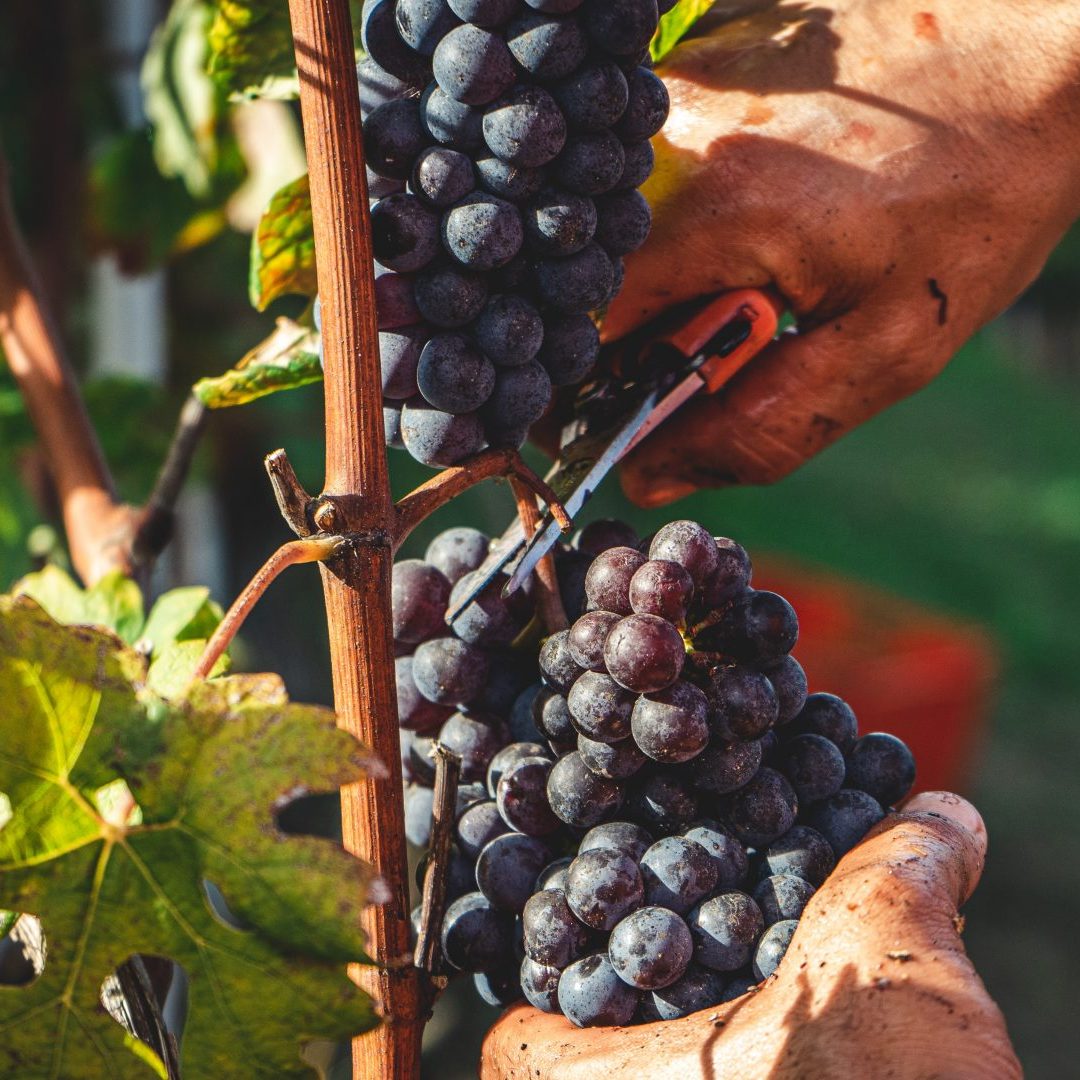





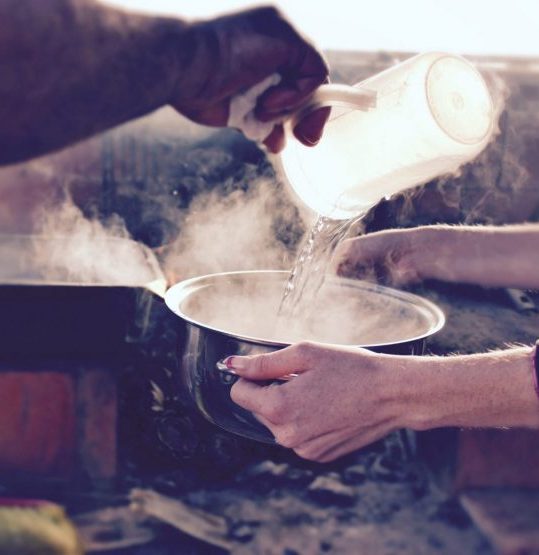
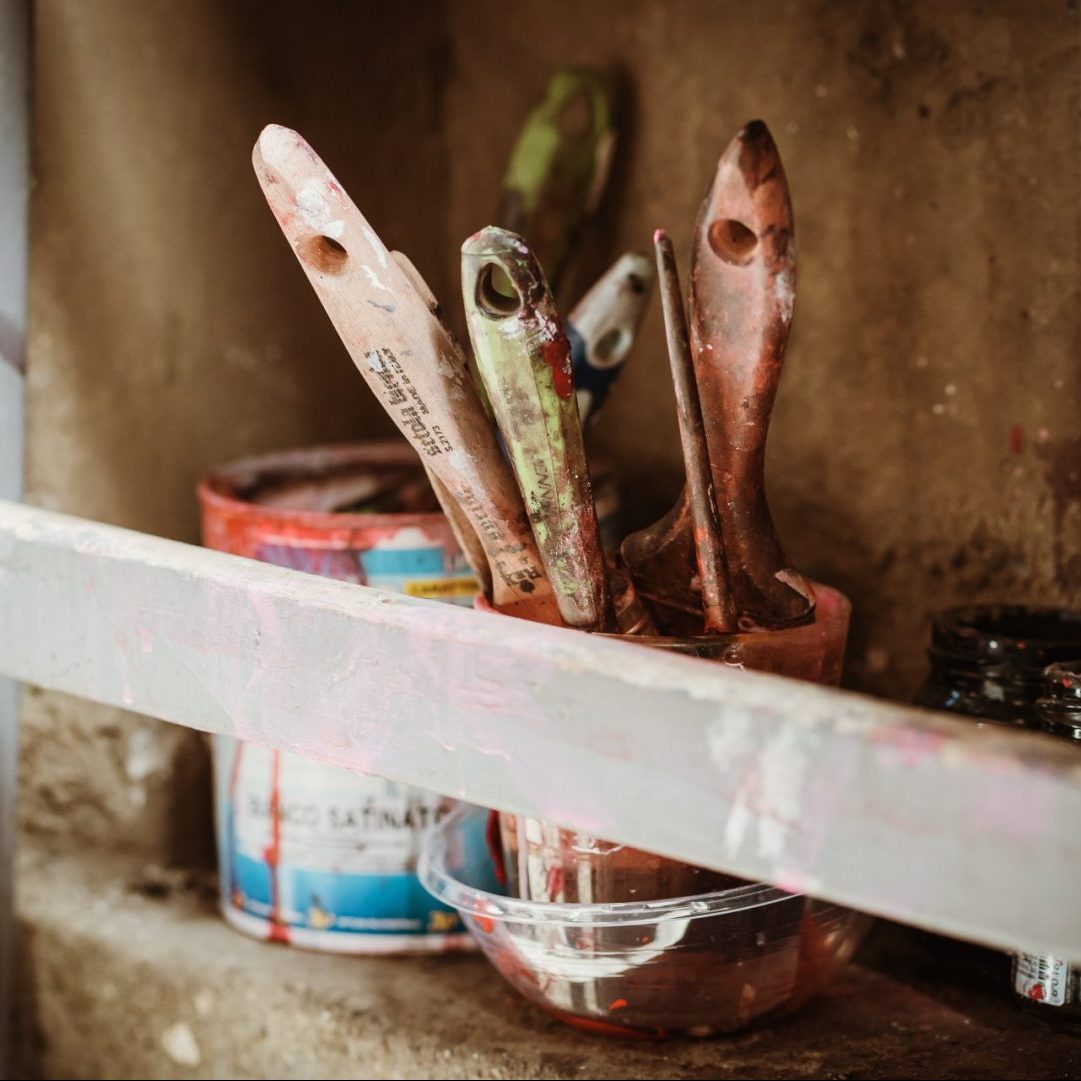
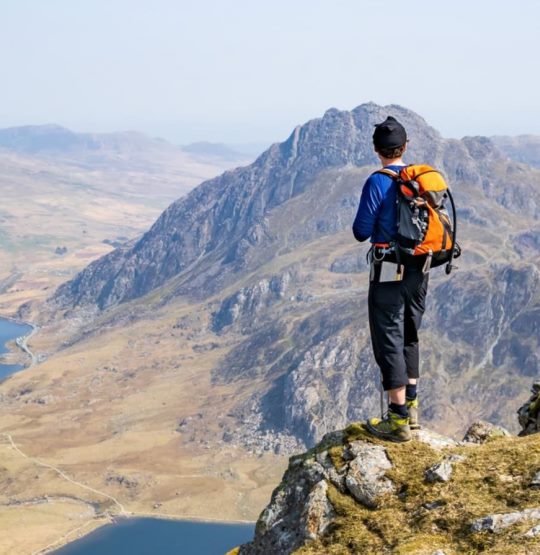



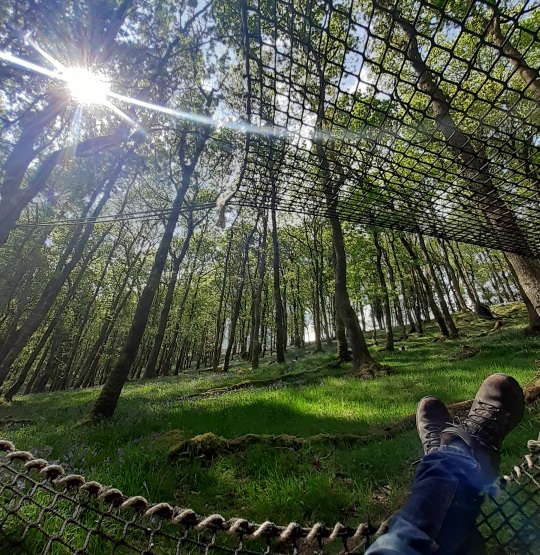

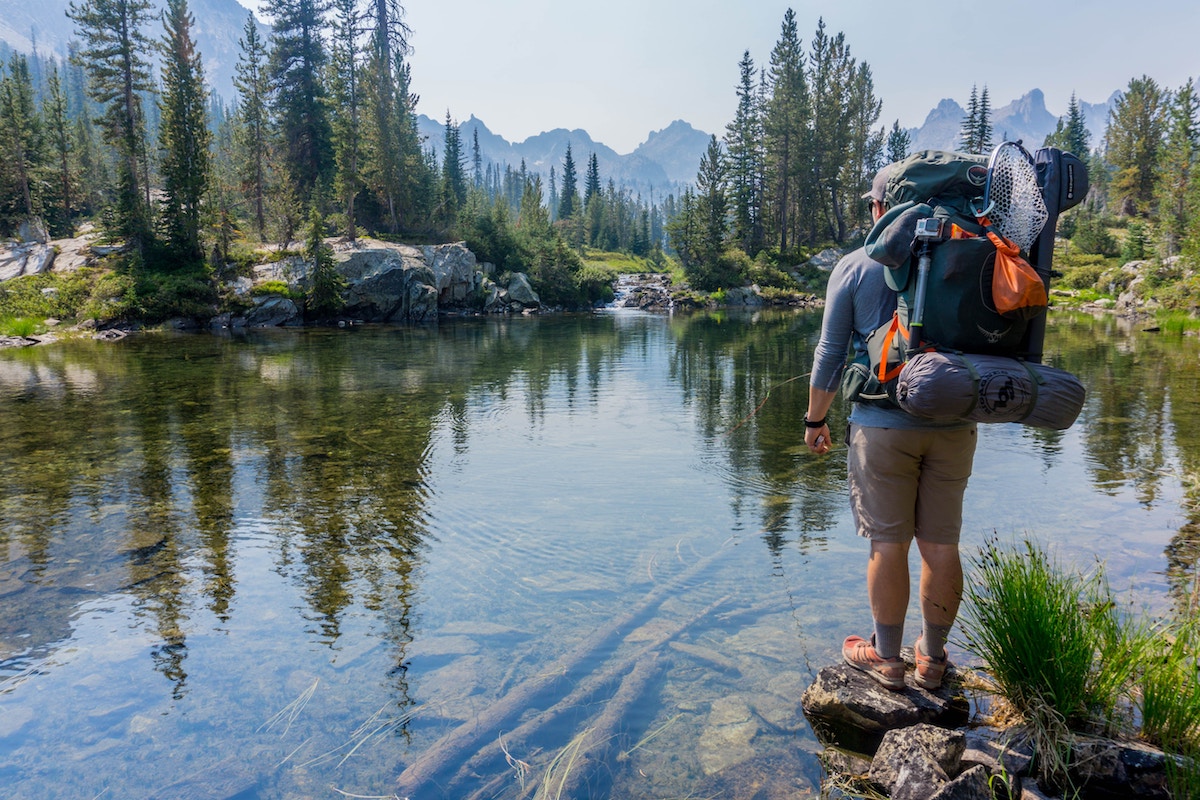




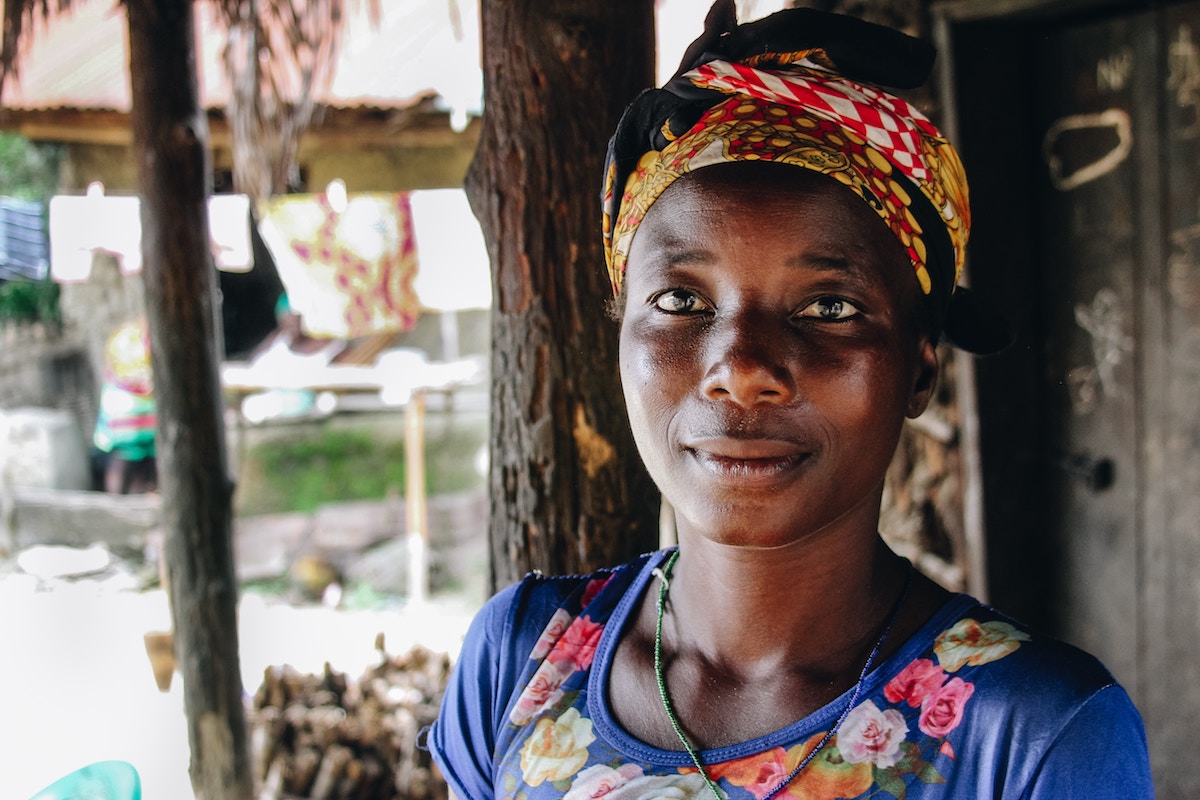


 Northern Vietnam
Northern Vietnam 


